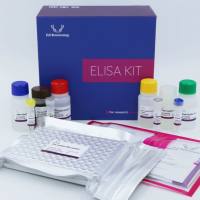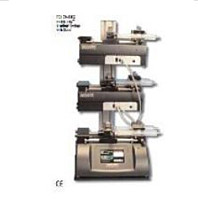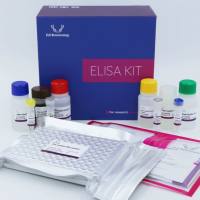Gene Delivery Using Physical Methods: An Overview
互联网
508
The study of gene transfer has always been a major component of modern molecular biology. Initially, transfer of exogenous genes into cells was considered a critical technical step toward understanding the function and regulation of newly discovered genes. With the rapid advancement in human genome research and improved success in gene therapy and nucleic acid vaccination, gene delivery is becoming part of an overall strategy to design and develop an effective prophylactic or therapeutic intervention toward many human diseases. Many biological and nonbiological techniques have been developed to achieve optimal expression of exogenous genes in targeted mammalian cells. Viral vectors have been used most extensively as a biological approach, but success with bacterial vectors has also been reported (1 ). In following the classification of this book, the nonbiological techniques can be further divided into chemical and physical methods. The purpose of this chapter is to provide a simple overview on the latter type. However, it is important to understand that such a distinction may not be very clear, and different methods can often be combined to achieve the maximum expression of transferred genes.









